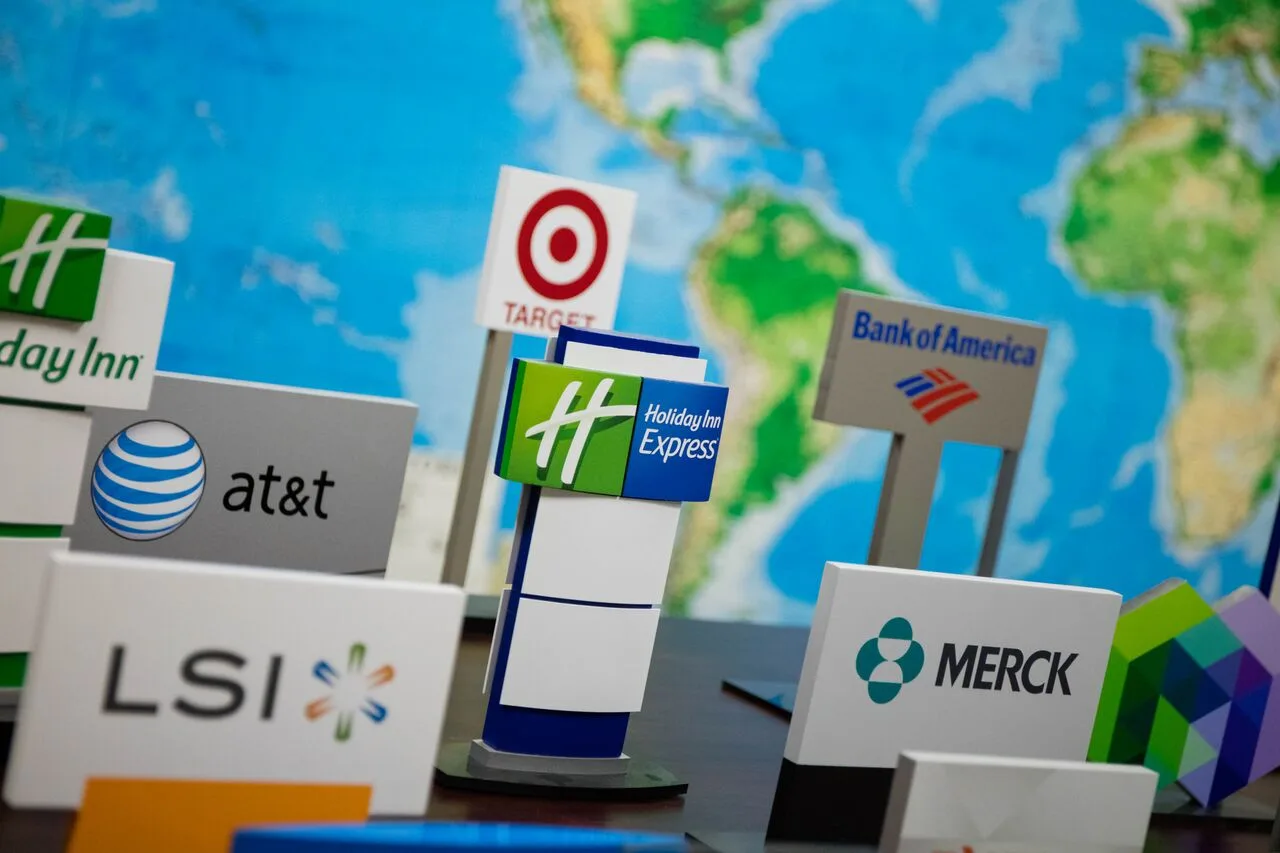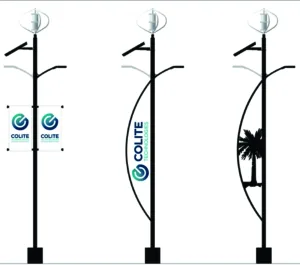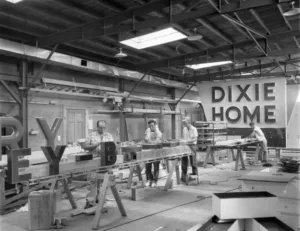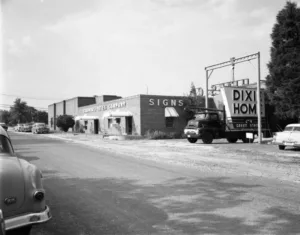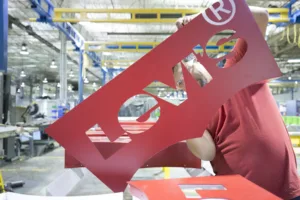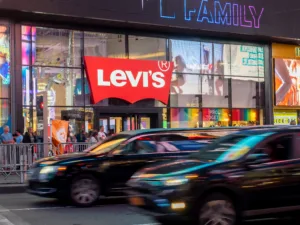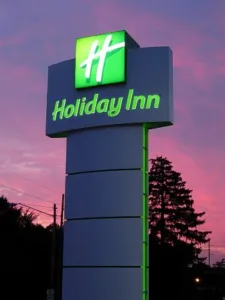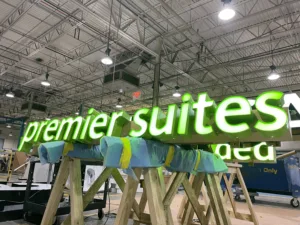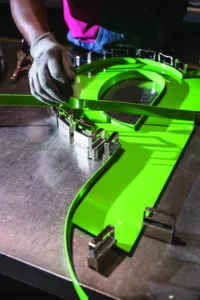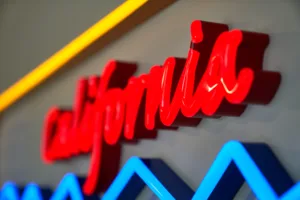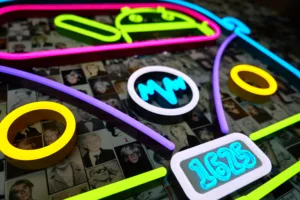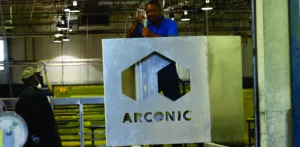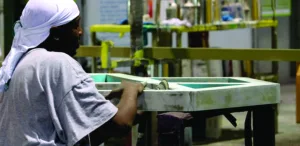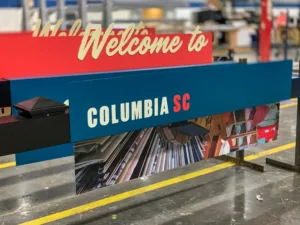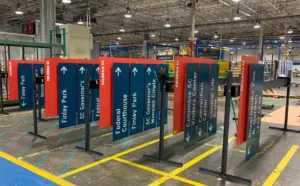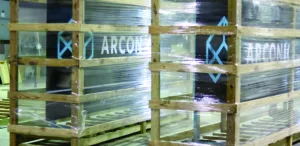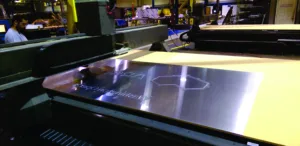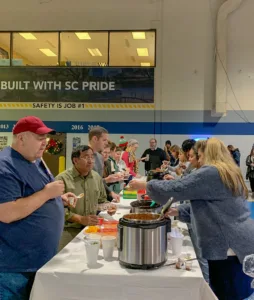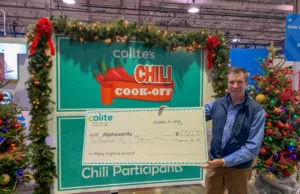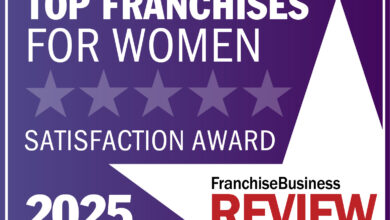Some refer to Columbia, South Carolina, as Soda City. It is the capital of South Carolina and a city steeped in history and tradition that has recently evolved into a hub for high-tech manufacturing. The emergence of large and growing manufacturing enterprises – BMW, Volvo, and Volkswagen’s new Scout truck manufacturing plants, for example – have created great opportunities for skilled fabrication and supporting positions.
But what’s in a name? The nickname Soda City had nothing to do with soft drink manufacturing. In fact, COLA was the old abbreviation of Columbia, and the nickname Soda City stuck.
Global sign manufacturer Colite can be considered part of this group with a unique history based in the Columbia area. In the early 1950s Hites Manufacturing Company and Colonial Metal letters merged, becoming the Colonial-Hites Company, which became known as Colite.
With an experienced fabrication background, Colite has continuously transformed signage over the past 75 years to become a top contender in the national (and now global) market for turnkey sign fabrication and collateral services.
With its first large global project for the Addis Ababa Bole International Airport in Ethiopia in the 1960s to the Hartsfield-Jackson Atlanta International Airport, the largest airport terminal project in the world in the 1980s, the company grew extensively over this time. The company has recently settled into a state-of-the-art and spacious 130,000 sq. ft. manufacturing and office facility.
Colite’s core business consists of corporate conversion programs and rebrands, specialty retail, and is a major signage service provider for the hospitality industry. During this time, Colite has been involved in complementary facility services such as commercial exterior lighting and renewable energy systems. In the 2000s, Colite introduced its own line of unique illuminated letters called SignatureLED.
First sips
I had the opportunity to meet with Adam Regenthal, Sr. Vice President, Sales & Marketing, who has a strong background in the hospitality market. We met at the company’s modern office and manufacturing plant and later caught up with Martin Brown, CEO and co-owner of Colite.
Martin’s brother and fellow owner Peter Brown has been acclimating to his newly elected position as 4th District Councilman for the City of Columbia while maintaining his position with the company. Both grew up in their father’s sign company and took the helm with Colite in 1992.
Marty’s emphasis is more on marketing, and Peter is more operations-oriented. They both seem to enjoy people, and it became clear the Brown brothers’ commitment to community carries through to the collaborative work culture of the company.
Regenthal has been with Colite for over 18 years. “I started with Colite in the old facility,” he recalls. “It was huge, but so much had evolved in fabrication techniques and technology that the workflow was no longer efficient. I can remember getting crews of people to move large projects across streets to various departments. The company relocated to the Technology Circle industrial park in 2008.”
I noticed an attractive system of streetlights when I drove in and asked about it. “Many people comment as they drive into the complex about our unique renewable energy light poles,” Regenthal says. “They are usually something you don’t think about. These self-sufficient systems operate via solar and/or wind power. As an added bonus, we can customize the structures with branded messages, special events, or custom artwork. The renewable energy trend has been so successful that a sister company Colite Technologies was created just for it.”
It is an eye-catching product, customizable, totally off-grid for power, and, best of all, it makes complete sense as it uses all the company’s talents already used in signage. The division has also quickly grown into one of the region’s largest providers of commercial solar power systems, many taking advantage of rooftop installations on large corporate buildings.
This, along with the company’s unique SignatureLED line of faux neon, shows the company’s progressive and innovative use of technology and fabrication.
“For years SignatureLEDs were the only truly customizable faux neon that looked real and made for realistic commercial signage applications,” Regenthal says.
The process consists of a custom-machined acrylic backer with embedded LEDs and a proprietary resin fill that looks like neon and is built to last. Not only was this one of the first successful faux neon products, but it performed well in harsh weather and salty air environments like beach resorts. Both products illustrate Colite’s commitment to finding solutions to unique challenges using the existing resources of its sign business.
“Much of our work is for national corporations that have merged or are rebranding,” Regenthal explains. “With that many locations stretching the globe, our clients want one company to work with that can control brand standards, ensure quality, and coordinate final transportation logistics and installation. Our team offers every aspect involved to ensure success. Initial site surveys, creation of design guidelines for signage, permitting, shipping, customs (if out of the country), and follow-up service: all those unseen services that add tremendous value to our clients and eliminate their legwork in finding multiple vendors across the country or globe.”
Meat and potatoes
To accomplish this, Colite takes great pride in its in-house production, project management, and design teams. With over 130,000 square feet to work with, Colite has created a very efficient workflow on the shop floor using the latest high-tech hardware.
At the core of fabrication are the workhorses to cut and machine aluminum, acrylic, and steel. With two oversized 5’ x 12’ MultiCam 5000 routers with multiple tool head changers, there is no shortage of capability to cut aluminum and acrylic parts. The new Trotec SP2000 flatbed laser adds greater speed and a flame-polished finish for acrylic cutting and the ability to do large-format engraving. The laser has a 68” x 99” work area capable of delivering up to 400 watts of power. Finally, an OMAX MAXIEM 1530 waterjet cutter is available for cutting structural steel parts on its 10’ x 5’ 2” bed.
Multiple channel letter benders are on the floor, and all electrical work is assembled with UL certification. The welding and fabrication areas allow flexibility to accommodate larger projects and are adjustable for streamlined production on larger rebrand projects requiring a tight deadline.
An overhead crane system allows the movement of those awkward or large projects to move easily through the shop. Three paint booths provide plenty of capacity to paint in a department that is notorious for many sign companies as a backlog area when things get busy.
Matthews Paint appears to be the go-to choice here. There is a separate steel fab area to weld structural components. Between the steel fab department and waterjet Colite can handle almost all structural components that a lot of other sign companies farm out.
A spacious preview area at the front of the shop floor is where the final assembly of unique projects takes place and for client preview before rollout. There is still plenty of area for storage (very important for inventorying products for large rebranding projects) as well as an oversized shipping receiving area. “This department often goes unnoticed, but for Colite, this unsung hero is one of the keys to success for secure and organized packaging and crating of products going across the country as well as the world. Some companies often underestimate what is involved in a department that basically custom crates almost every project and the costs associated with materials and labor,” Marty Brown says.
This department is also often tasked with ensuring all the hardware, touchup paint, and final shop notes for the installers are included and easily located. The department has the flexibility to crate or stage final products of any size and accommodates the Colite Technology division’s needs as well.
The graphics department consists of a full vinyl department and the recent edition of a large-format flatbed UV printer. Colite chose to go with the swissQprint Nyala 2 that can print up to 10 feet wide. With its white ink, high resolution, and large production capabilities, it has helped transition Colite into printing more ACM panels.
“ACM’s use has increased significantly for us, so much so that after purchasing the UV flatbed, we invested in an Oasis cutting table that takes the printed ACM and incorporates various bits and cutting tools to fabricate and fold ACM. We see this need continuing to grow,” Marty Brown explains. This streamlined setup covers the vast majority of Colite’s graphic needs.
The in-house design department team of 18 people consists of environmental graphic designers, technical designers for shop and technical drawings, and various programmers to set up files for machining and printing.
Surviving and learning from the pandemic
“We have a great system staffed with an experienced team. We have great longevity with some employees on board for decades,” Marty Brown says. “In fact, some are closing in on retirement. Hiring new talent is on everyone’s mind right now. Finding the right people that are skilled craftsmen in our fabrication department is a priority for us that we have been working on. This employment need was exacerbated by the pandemic.”
Commenting more on its effect, Marty explains, “The pandemic had an impact on Colite as it did every company in our industry. We did what we could to keep our staff employed. Business dropped but did not bottom out. We also were successful in landing a few projects for clear acrylic partitions and distancing floor graphics for some of our large clients that have multiple locations. Our customized workflow and project management software we had been tweaking prior to Covid enabled the project management team to cover whatever tasks were required either here, remote, or on-site.”
The design department was designated to work from home during this time and still the majority follow that schedule. This seems to have become a common trend. Design departments are still getting the job done, but the designer work environment seems to be a department most significantly changed during, after, and going forward from the pandemic.
“We had already been outsourcing installations before Covid,” Marty Brown says. “We have created a very experienced and dependable network of vetted installers across the country and beyond. The pandemic just reinforces our decision to maintain that business strategy, although finding good, consistent, and reliable installers is often challenging. Our installers also face the same turnover and challenges of finding experienced people we have with fabricators.”
This is another common trend in our industry as many veteran installers working in-house are retiring, new skilled help is difficult to find, and the cost of equipment, insurance, and just about everything else has increased. This has jump-started the need for installation services for interior and exterior signage installation, and there are a good number of install-only companies growing and emerging.
Last sip
The whole system of sales, design, fabrication, and project management has been honed and grown from decades of experience at Colite. After reviewing past and present projects that are either large in size or large in quantities or both, it appears to be working well.
“Our business currently is near capacity; our challenges going forward are managing and growing that capacity. That really puts the pressure on us to deliver, which is something we take pride in and the cornerstone of our reputation with our clients, most of which are repeat customers for decades,” explains Marty Brown. “The success of Colite is building on nearly a century of experience, taking care of our team’s talent, keeping on top of industry trends, investing in technology, and never forgetting all the little things performed in the background by our skilled project management.”
That pretty much sums up my visit to the Soda City. Feeling a little parched, I stopped when leaving and got a Pepsi… can’t wait to see what debate that opens up in the never-ending Cola Wars!
